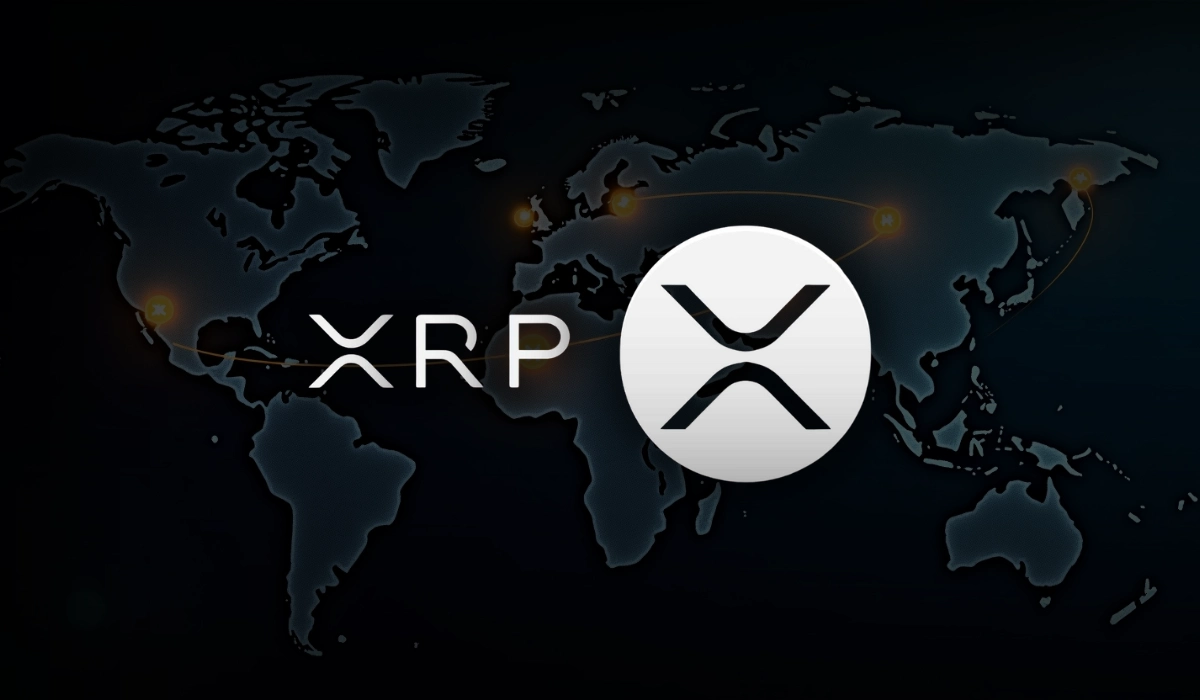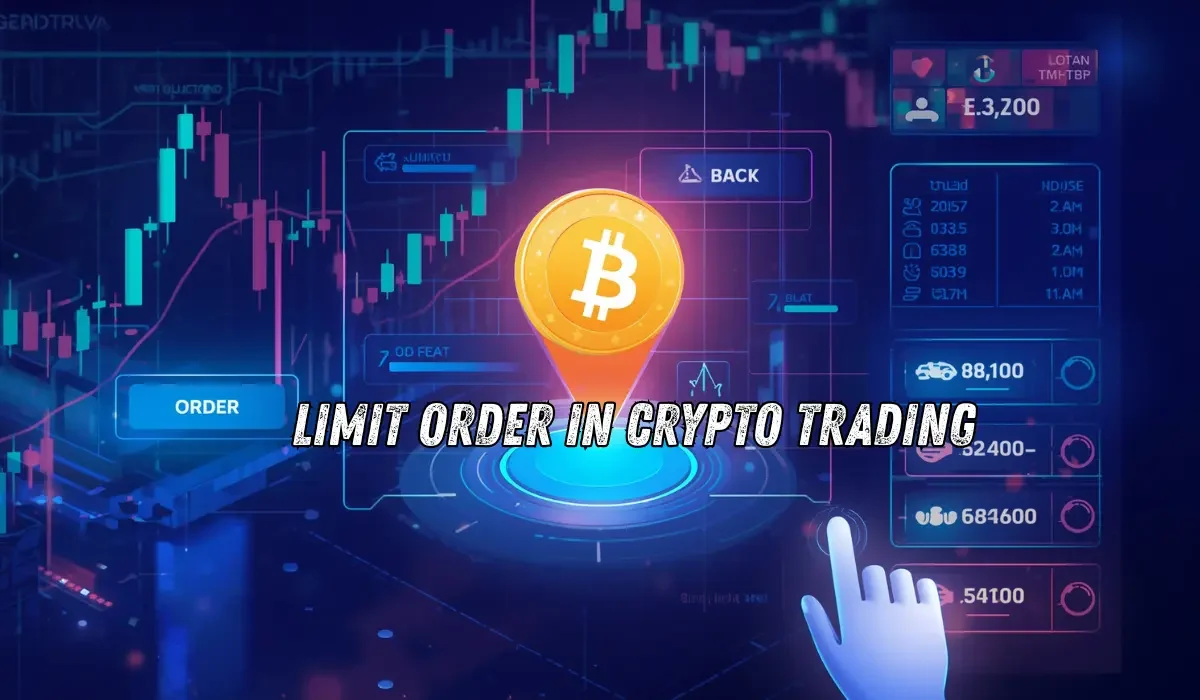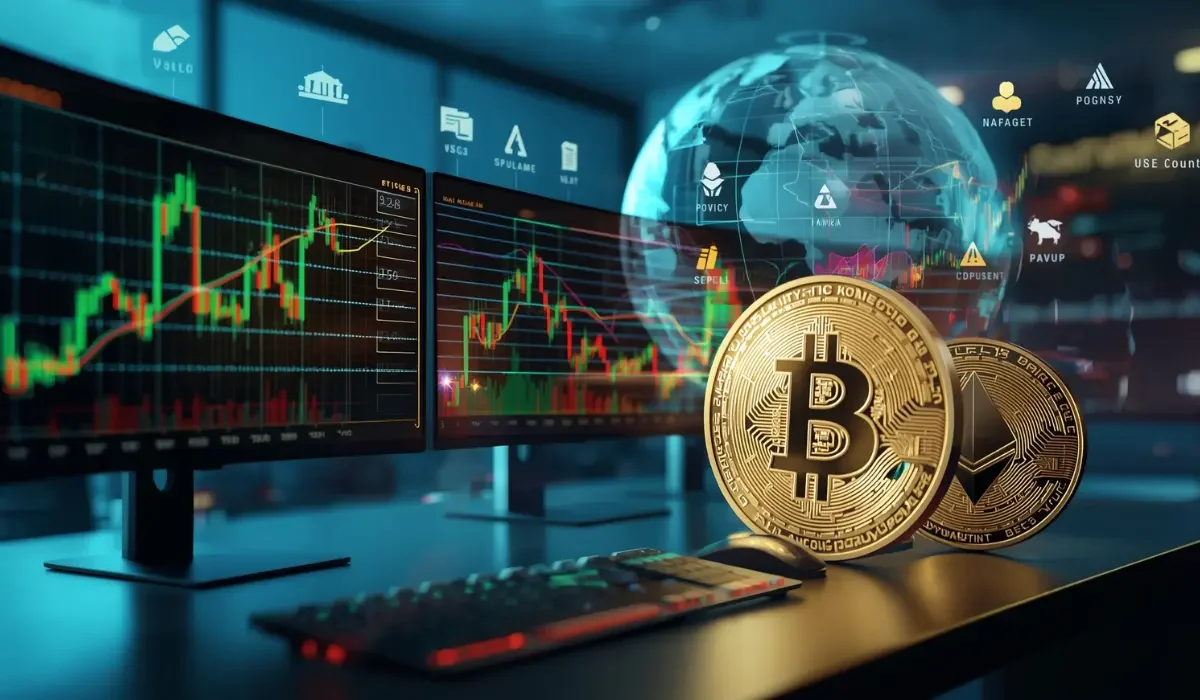The Role of XRP in the Future of Cross-Border Payment

The emergence of cryptocurrency has disrupted traditional payment methods and has created new possibilities for cross-border transactions. Decentralized Finance (DeFi) and Blockchain technology are making waves in the world’s financial systems by evading the necessity of intermediaries.
One of the significant players in the cryptocurrency landscape is Ripple (XRP), which has already made a great impact on the financial sector using its advanced innovative solutions for secure and quick cross-border payments.
Let’s have a closer look at the XRP role in the Future of Cross-Border Payment. This article analyzes how the XRP token is shaping the future of the financial sector. Let’s delve into it.
What is XRP?
In the current era, financial service providers and banks find DeFi and blockchain technology efficient to strengthen security, risk management, and authenticity.
The financial institutions supporting digital assets like ETH, XRP, BTC, and so on are growing significantly. It helps the firms develop smart contracts among participants, increasing transparency and obtaining newer revenue opportunities.
XRP is one of the best cryptocurrencies that is purpose-built for the financial sector. This token is designed to offer cost-effectiveness, speed, and efficiency in global transactions.
XRP provides a glimpse into the forthcoming of cross-border payments that the traditional financial system can’t relate to.
XRP was established in 2012, and its market capitalization has risen to over $100 billion by the last days of December 2024 after the election in the U.S (November). This token surge made XRP the 3rd highest cryptocurrency after BTC and ETH.
The compelling application of XRP is a bridge currency for cross-border payments, and its design highlights that it has long afflicted conventional cross-border transactions.
It helps financial institutions convert one traditional fiat currency into XRP and, after that, another fiat currency in near-real time.
This evades the necessity of pre-founded accounts and enhances speed and liquidity. Moreover, XRP provides a cheaper and quicker substitute to traditional services for persons sending money across borders and expatriate workers, essentially decreasing transaction times and high fees.
The On-Demand Liquidity (ODL) services of Ripple utilize XRP to offer quick liquidity for cross-border payments, helping financial firms to eliminate tying up funds in pre-financed nostro accounts.
This digital asset can be assimilated into smart contract features, facilitating trustless and automated implementation of applications and financial agreements. XRP has ledger technology, which has the efficiency for tokenization of assets; it’s still a developing area.
Significance of XRP and Its Role in the Financial Sector

The Ripple ecosystem was framed to boost cross-border financial transactions by financial firms and banks. As a bridge currency, the Ripple project uses its native token XRP in its Ripple payment solutions.
XRP has an essential role in the world’s financial sector, as it facilitates access to financial services in developing economies. XRP enhances currency exchanges and offers a cost-effective, robust, and less energy-intensive substitute to BTC.
Ripple utilizes an interledger protocol that strengthens the routing of payments via interrelated ledgers to link these systems. This protocol that links with internet systems helps the different systems and computers to communicate with each other.
The ledger connected to this protocol can be a relevant section of the network of the financial firm. Sometimes, a ledger acts as a trusted node in a network that spans different firms.
The technology of the entire system is framed to enhance the processing speed of the transaction for cross-border payments.
XRP, a prominent cryptocurrency, has gained relevant recognition because of its current price fluctuation and enhanced company adoption. Recently, XRP has been trading within a symmetrical triangle pattern, with resistance at $ 3.30 and key support at $ 2.80.
This pattern rarely reflects a potential breakout scenario. Ripple helps in cross-border payments for banks, retail customers, and corporations. Fidor Bank in Munich is the first bank that use Ripple in early 2014. At the time of writing, the price of XRP is $2.93.
When compared to the previous price points of XRP, a -2% decrease from yesterday’s price, and XRP has increased by three percent from last week’s price.
XRP has numerous partnerships with fintech companies and financial firms, which is strengthened by Ripple’s use of XRP for cheaper, faster, and more effective cross-border payments through its On-Demand Liquidity (ODL) and RippleNet.
Some of the key partners of the XRP are Al Ansari Exchange, Bank of Japan, American Express, Santander, and MoneyGram. Additionally, it also includes some other partners using the XRP ledger for distinct purposes, like WebBank and Gemini, connecting XRP with its Mastercard for crypto rewards.
The global use cases of the XRP token concentrate on boosting the speed and reducing the cost of financial transactions, essentially by acting as a bridge currency for remittances and cross-border payments.
XRP ledger assists in developing apps such as tokenization, facilitating the development of digital assets like NFTs, and boosting the creation of dApps and financial technologies.
The regulation of XRP is complicated. Based on a mixed ruling in July 2023, XRP sales on public exchanges are not securities, but when it is sold to institutional investors, it is a security.
After years of regulatory instability, XRP currently functions with huge clarity in the United States, in connection with the appeals by Ripple and the SEC in August 2025.
Although the SEC is reducing its appeal, the ongoing legal battle underpins the difficulties of crypto rules, and it influences XRP value and other digital assets.
Some of the main competitors of the XRP are Fantom (FTM), Polygon (POL), Kaspa (KAS), and Texas Finance (RXS). In the cryptocurrency landscape, the XRP token is both a shining opportunity and a major source of volatility.
The token’s volatility and institutional momentum offer a significant case for a breakout, but progress lies in navigating structural difficulties.
Also Read: Algorand (ALGO) Price Prediction 2025–2030: Expert Forecasts & Investor Outlook
Future of XRP
The future of XRP is promising, with distinct predictions recommending a relevant price surge. According to expert insights, by 2025, $XRP could trade between $1.81 and $4.10, having an average price of $2.91.
Moreover, some forecasts recommend that XRP could reach $5-$7 during the initial period of 2025, with more expected estimates going to $10 under a supportive environment.
The major growth opportunities in the Ripple (XRP) market involve the remittance Market, innovative ecosystem developments, elaboration of cross-border payments, historical performance, and utility-driven adoption.
This token sustains a relevant focus in the crypto landscape. The majority of the investors show interest in long-term prospects.
Conclusion
XRP, the native token of Ripple, has developed as a relevant player in the crypto market. In this fast-paced world of digital finance, the XRP token has obtained a safe position.
This token will continue to offer a significant solution for global payments with increased institutional adoption, a developing landscape of strategic partnerships, regulatory clarity, and its main focus on scalability, speed, and cost efficiency.
As Ripple (XRP) continues to gain recognition from governments and to establish strategic partnerships, the role of the token in transforming global payments becomes highly relevant, strengthening its position as a major player in the developing digital financial ecosystem.
Crypto & Blockchain Expert




